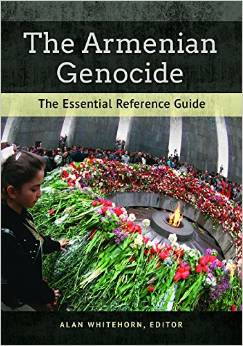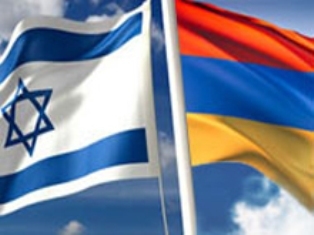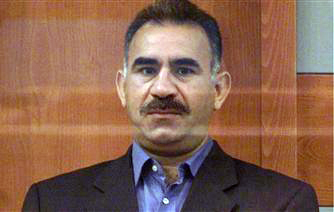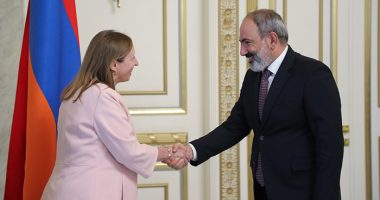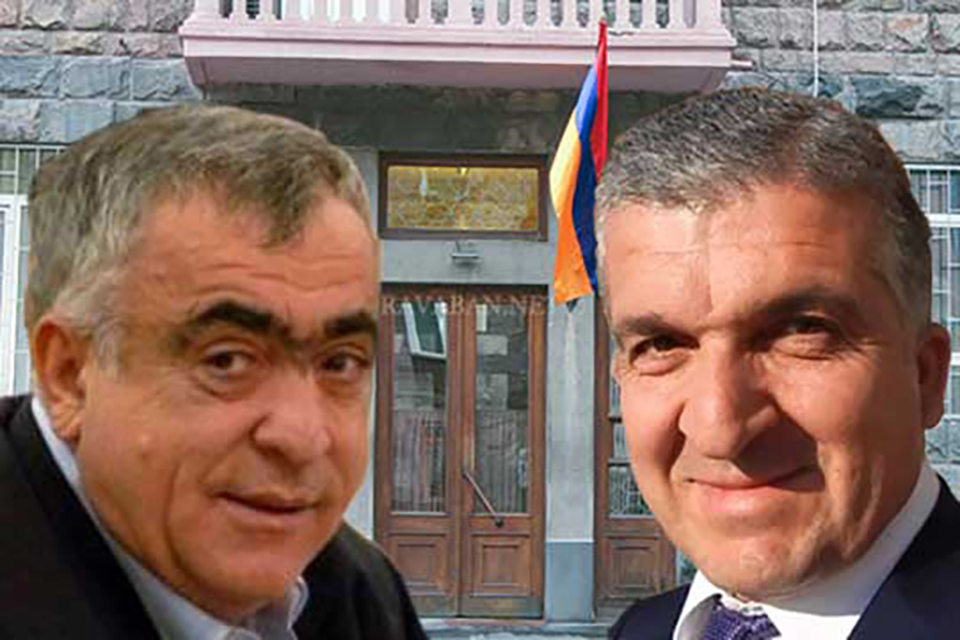By Alan Whitehorn
How does one ‘think about the unthinkable?’ How does one ‘describe the indescribable?’ These are among the analytical and moral challenges in trying to understand genocide. As Raphael Lemkin, the originator of the concept of genocide, noted: genocide occurred in history before the word ‘genocide’ was created. The history of humans is marked by episodes of great cruelty and mass killings where groups that were different were targeted for persecution and slaughter.
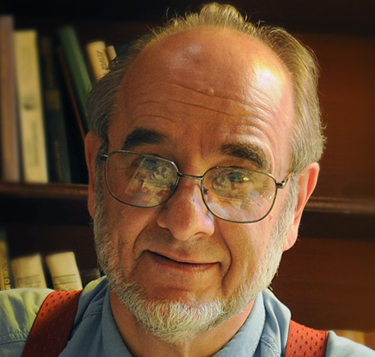

The mass deportations and killings of the Armenians in the Ottoman Empire peaked during WW I, but occurred before the term genocide emerged in 1944. In fact, the Young Turk regime’s slaughter of the Armenians would be a catalyst for Lemkin to develop such a legal concept, in a preliminary way in the 1930s and in final phrasing in the 1940s.
When trying to understand the events of 1915 onwards, it is useful to ask: What words and phrases were used by the Armenian survivors, domestic and foreign witnesses, and newspaper writers to describe what happened? The challenge was how to describe the indescribable, or what Churchill would later in 1941 call “the crime without a name”.
The influential international newspaper The New York Times reported extensively on the massacres of the Armenians under the Young Turk dictatorship. A content analysis overview of The New York Times for the year 1915 (the peak year of the deportations and killings) reveals that a variety of words and phrases were used to try to describe the horrific scenes and deeds. Reviewing the range of the words employed can assist in conveying the magnitude of the man-made catastrophe that befell the Armenians.
Among the terms and phrases offered in the articles in The New York Times in 1915 were the following: “pillage”, “great exodus”, “great deportation”, “completely depopulated”, “wholesale deportations”, “systematically uprooted”, “wholesale uprooting of the native population”, “young women and girls appropriated by the Turks, thrown into harems, attacked or else sold to the highest bidder”, “children are being kidnapped by the wholesale”, “kidnapping of attractive young girls”, “rape”, “unparalleled savagery”, “acts of horror”, “murder, rape, and other savageries”, “endure terrible tortures”, “revolting tortures”, “their breasts cut off, their nails pulled out, their feet cut off, or they hammer nails into them just as they do to horses”, “burned to death”, “helpless women and children were roasted to death”, “massacres”, “slaughter”, “atrocities”, “unbelievable atrocities”, “systematically murdered men and turned women and children out into the desert, where thousands perished of starvation”, “million Armenians killed or in exile”, “1,500,000 Armenians starve”, “dying in prison camps”, “wholesale massacres”, “slaughtered wholesale”, “fiendish massacres”, “massacre was planned”, “most thoroughly organized and effective massacres this country has ever known”, “extirpating the million and a half Armenians in the Ottoman Empire”, “policy of extermination”, “plan for extirpating Christianity by killing off Christians of the Armenian race”, “plan to exterminate the whole Armenian people”, “deliberately exterminated”, “virtually the whole nation had been wiped out”, “annihilation of a whole people”, “organized system of pillage, deportations, wholesale executions, and massacres”, “pillage, rape, murder, wholesale expulsion and deportation, and massacre”, “systematic, authorized and desperate effort on the part of the rulers of Turkey to wipe out the Armenians”, “deliberate murder of a nation”, “war of extermination”, “race extermination”, “intention was to exterminate the Armenian race”, “Armenia without Armenians”, “extinction menaces Armenia”, “death of Armenia”, “deportation order and the resulting war of extinction”, and “aim at the complete elimination of all non-Moslem races from Asiatic Turkey”, and “crimes against civilization and morality”.
There are at least ten examples (five in the decades before 1915 and five in the years after) where the biblical word “holocaust” in the generic sense is used to describe either the mass burning of Armenians alive, massacres of Christians or attempt at annihilation of the Armenian people. The New York Times’ references in the 1915-1922 era to the Armenians’ fate include the phrasing “holocaust”, “war’s holocaust of horror”, “great holocaust” and “final holocaust”.
Clearly authors strained for the words that could explain the magnitude of such horrific scenes and deeds. Witnesses were often overwhelmed, particularly at the time of the deadly deeds, but also in the retelling of the painful accounts. For many who witnessed such atrocities, it was a life-altering experience.
Within a month of the Ottoman Empire’s April 24, 1915 arrest, deportation and later killing of key Armenian leaders in Constantinople and increasing reports of mass deportations and massacres, the allied Entente countries of Britain, France and Russia used the ominous phrase “crimes against civilization and humanity”. This description officially issued on May 24, 1915 (printed in The New York Times on the same day) was part of a semi-judicial warning to the Young Turk regime about its crimes and would become a key term in international law. It was an important step in the development of the legal concept of genocide.
However, no single word or combination of words or phrases could adequately convey the magnitude of suffering and horror of what transpired. Even today, we search for ways to “describe the indescribable”.
An excerpt from Alan Whitehorn, ed., The Armenian Genocide: The Essential Reference Guide (Santa Barbara, ABC-CLIO, 2015) to be published in April.
book: 978-1-61069-687-6
e-book: 978-1-61069-688-3

